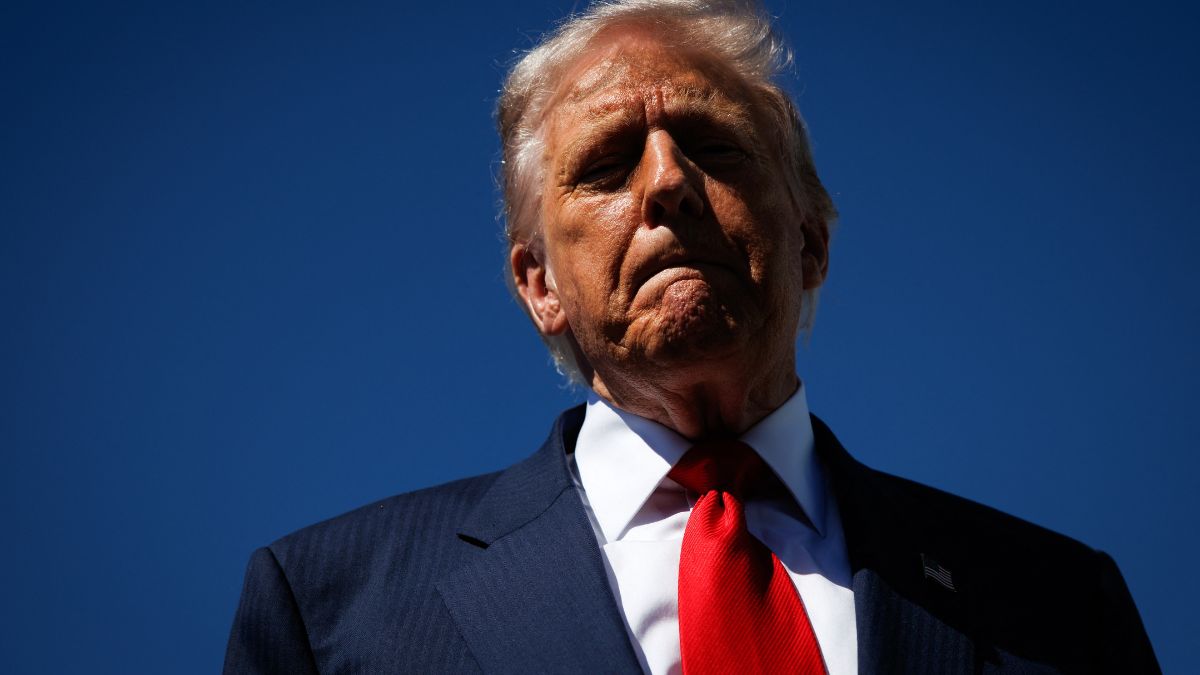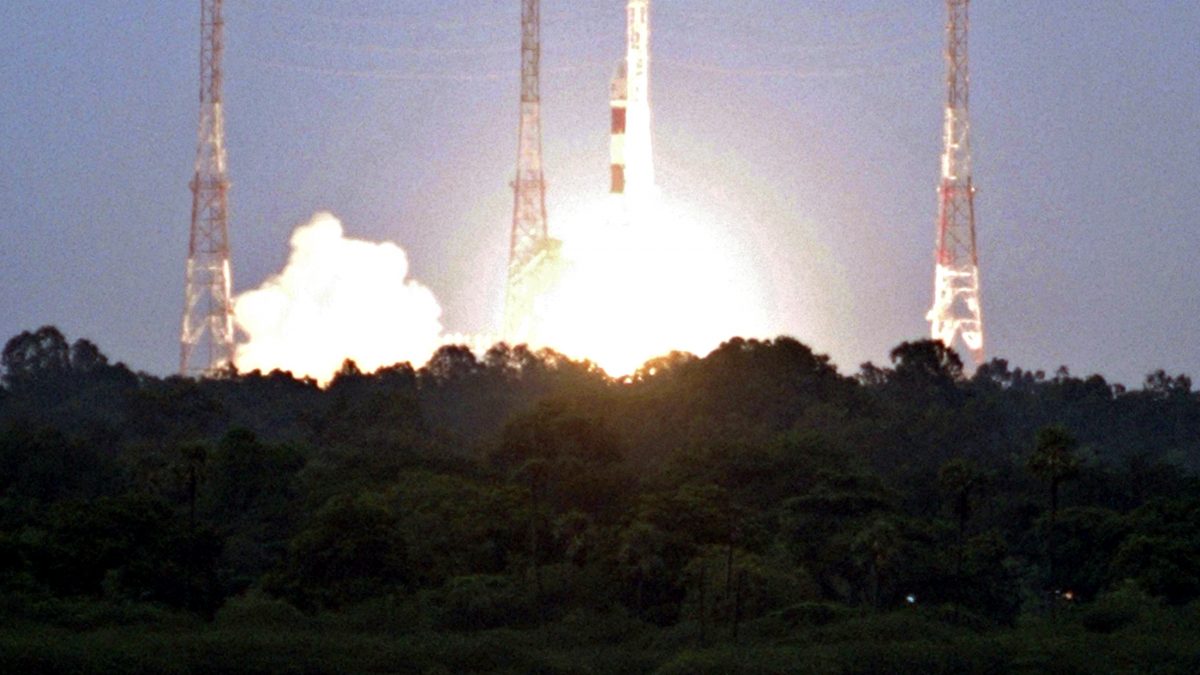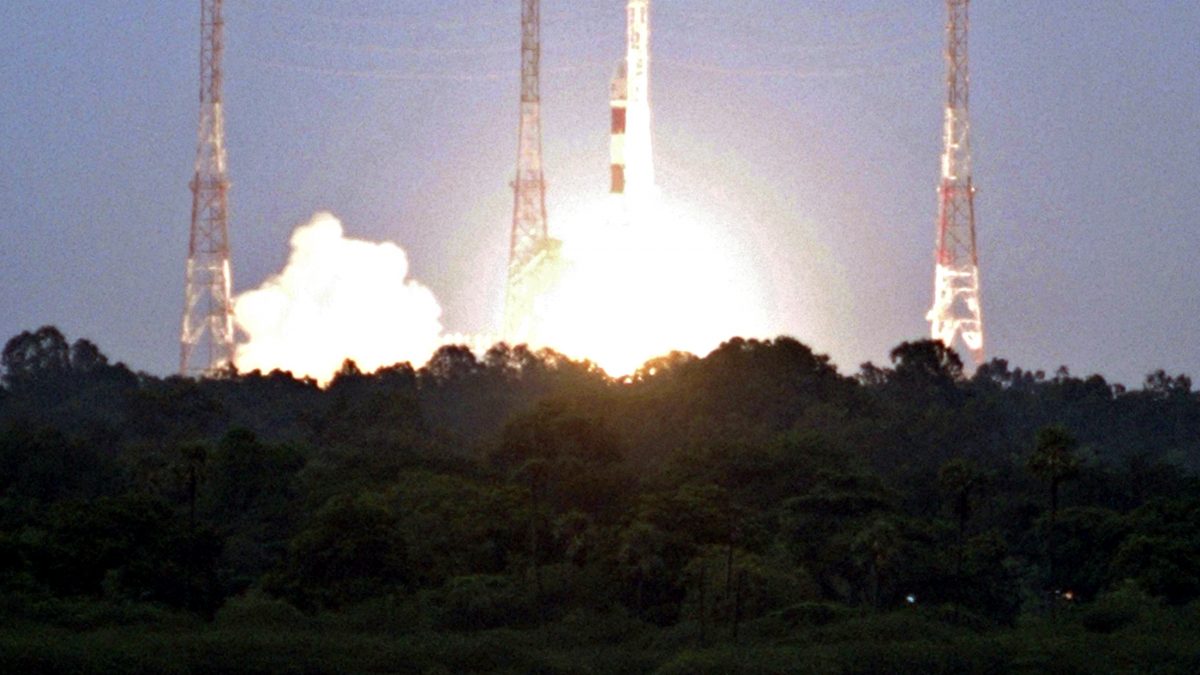During his recent Asia tour, Donald Trump appeared determined to soothe tensions and repair frayed relationships with several long-standing US allies in the region. After months of tariffs, military threats and “America First” rhetoric, the president struck a markedly different tone in Kuala Lumpur, Tokyo and Seoul, signalling a return to diplomacy laced with spectacle.
In Malaysia, Trump joined local performers and waved flags at the Association of Southeast Asian Nations (Asean) summit; in Japan, he met newly-elected Prime Minister Sanae Takaichi aboard an aircraft carrier; in South Korea, he promised enduring US support while setting the stage for a high-stakes summit with Xi Jinping.
Yet despite the flourish, analysts warn that even this reset cannot fully erase the uncertainty that Trump’s unconventional posture has generated among Asian partners.
A softer tone in Tokyo
Trump’s visit to Tokyo was his most symbolic effort yet to reassure allies rattled by his past rhetoric. Standing alongside Japan’s Prime Minister Sanae Takaichi, he praised Tokyo’s defence spending and hailed Japan as a “strong, fair partner.” It was a sharp contrast to his earlier claims that Japan had been taking advantage of US security guarantees.
The shift came amid mounting regional uncertainty. China’s assertiveness in the East and South China Seas, North Korea’s renewed missile testing, and growing anxieties over US reliability have prompted Japan and South Korea to deepen defence cooperation. Trump’s officials privately acknowledge that his renewed diplomacy aims to reassure these allies not out of sentiment, but necessity. Washington’s Indo-Pacific strategy depends on them.
Yet, as CNN reported, the charm offensive was tempered by reminders of Trump’s unpredictability. He reiterated that allies must continue to shoulder “their fair share” of defence costs, a familiar refrain that underscores how even friendly gestures come laced with transactional expectations.
Seoul’s cautious optimism
In Seoul, Trump adopted a similar balancing act: conciliatory in tone, firm in message. South Korean officials welcomed his acknowledgement of “shared security challenges” and his emphasis on maintaining deterrence against Pyongyang. But privately, diplomats expressed concern that the president’s overtures could shift with political winds in Washington.
For many South Koreans, Trump’s outreach rekindled memories of his earlier threats to reduce US troop levels on the peninsula, remarks that had once unsettled markets and emboldened North Korea. Now, with regional tensions climbing and nuclear rhetoric resurfacing in Pyongyang, Seoul is treading carefully. “We appreciate the engagement,” one senior official told AP, “but we remember what happened last time.”
Stability amid disruption
US allies in Asia entered the tour with guarded optimism. The continent has witnessed aggressive Chinese expansion, North Korean provocations and inconsistent Washington commitments. Trump’s overtures including pledges to forge defence agreements and secure rare-earth supply chains offered some reassurance. He told Japan’s Takaichi she could ask the US for “anything,” and authorised South Korea’s request for nuclear-powered submarines.
Still, the underlying concern remains: can allies trust a US leader whose past rhetoric has unsettled even the closest partners? “It doesn’t compare with what the Chinese side are offering,” warned Bill Hayton of Chatham House.
Impact Shorts
More ShortsManila and Canberra: friendly words, hard choices
In the Philippines and Australia, Trump’s tone was warmer still. He called both countries “pillars of regional stability” and offered cooperation on maritime security, a marked departure from his earlier gripes that Asian allies were “taking advantage” of US power. Manila’s Marcos administration, still wary of balancing ties with both Washington and Beijing, cautiously welcomed the gesture.
Australia, too, has been recalibrating its defence relationship with the US under the AUKUS pact. Trump’s public praise of Canberra’s “unwavering partnership” helped to steady nerves in a government that had privately worried about possible policy reversals should US politics swing again. Still, analysts quoted by Bloomberg noted that the outreach is tactical rather than transformative, a diplomatic reset designed to project confidence abroad while maintaining leverage at home.
Transactional diplomacy returns
For all the talk of reconciliation, Trump’s approach to Asia remains unmistakably transactional. His comments about defence spending, trade deficits, and “fairness” suggest that the underlying logic of his foreign policy has not changed — only its presentation. As The Economist observed, Asian leaders are adapting to Trump’s brand of deal-making: offering concessions upfront, keeping communication channels open, and hedging against sudden reversals.
Behind closed doors, diplomats describe this as “managing volatility.” Trump’s administration, aware of the regional unease, appears to be recalibrating the tone of engagement while leaving the core premise intact — that US alliances must yield measurable returns.
Trade, minerals and military back-drops
A key objective of the trip was to align regional partnerships around critical supply chains, especially of rare earths and other strategic minerals long dominated by China. In Japan, for instance, Trump and Takaichi signed agreements on rare-earth stockpiling and US-Japan investment worth hundreds of billions of dollars.
On defence, the US moved to deepen its footprint. A ten-year security accord with India was signed on the sidelines, and military exercises with Cambodia were slated to resume after eight years of dormancy. These actions combine economic incentives and military assurances, two pillars of Asia-Pacific strategic diplomacy.
The lingering shadow of unpredictability
For all the diplomatic embracing, one fact looms large: unpredictability remains the central feature of Trump’s approach. The same leader who pledged renewed engagement abruptly skipped key sessions at the regional economic forum, leaving allies to question Washington’s long-term focus.
Moreover, access to US markets now comes at a higher price—tariffs, tougher investment terms and transactional diplomacy. While the US is offering more outreach, “[nations] must still reckon with a Trump 2.0 reality… and the unpredictability inherent in his approach to international relations.”
Even as Trump seeks to smooth over tensions, scepticism runs deep. Japan, South Korea, and other Asian partners are quietly exploring greater defence self-reliance and diversified partnerships. The memory of Trump’s threats — to withdraw troops, tear up trade deals, and question mutual defence treaties — still looms large.
For now, Trump’s outreach may buy goodwill and headlines, but the underlying question persists: can allies trust Washington’s word when its leader so often views diplomacy through the lens of negotiation rather than commitment?
In Asia’s corridors of power, that question defines this new chapter of Trump-era diplomacy, one that sounds conciliatory, but still speaks the language of conditional loyalty.
A strategic gamble on trust
Trump’s tour marks a strategic gamble: by playing the role of friend and deal-maker, he hopes to diminish the sway of Beijing and reassert U.S. leadership in a region waiting for direction. Yet the paradox is clear—stronger ties now may stem from deeper insecurities among allies. As one Japanese lawmaker put it, the fact that Japan is “thinking about the unthinkable — nuclear arms” after witnessing U.S. unpredictability tells its own story.
What comes next?
The true test of whether this charm offensive matters will come in follow-through: will investment deals be delivered? Will defence commitments translate into long-term capability? Crucially, will the US maintain consistent engagement beyond photo-ops and headlines?
For now, Trump’s Asia tour stands as a calculated effort to reboot alliances—yet the region remains alert, less to the smiles than to the substance. As Asean foreign ministers noted, their neutrality is being eroded amid great-power competition.
The message from Washington is clear. The reception in Asia is cautious. In diplomacy as in markets: trust takes time, and credibility is built slowly.
With inputs from agencies


)

)
)
)
)
)
)
)
)



